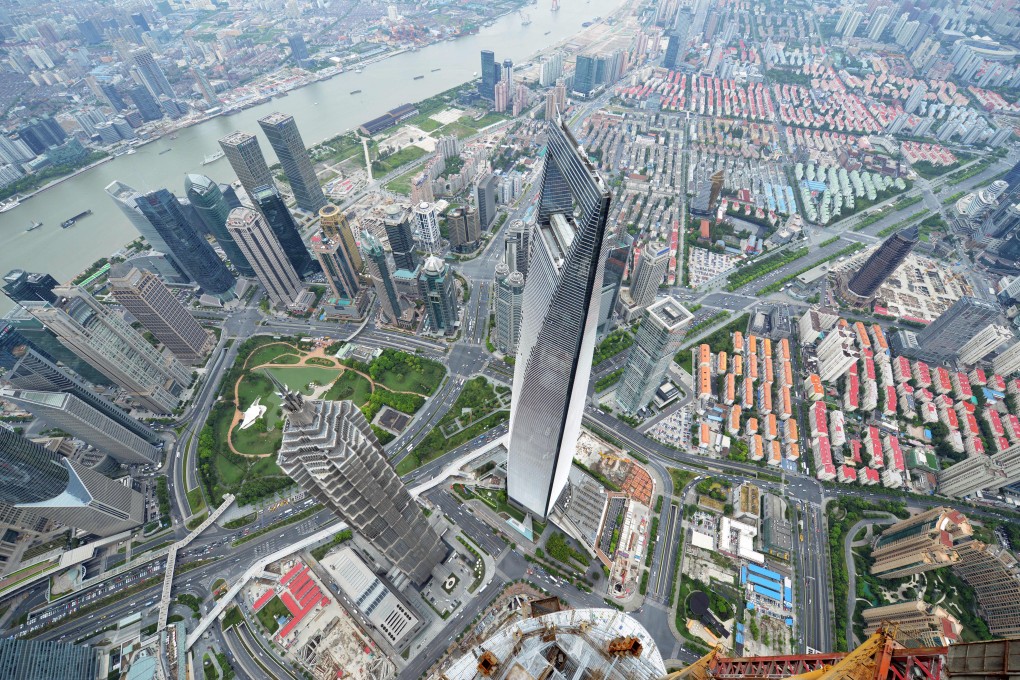New | China's Shanghai Tower offers new twist in skyscraper design

The world's second tallest building, Shanghai Tower, will soon open in the Chinese financial capital with a twist - a 120-degree twist, to be exact.
A softened triangular "outer skin" is literally twisted around a circular core, sending the glass and steel tower spiralling 632 metres into the grey sky above the city.
State-backed developer Shanghai Tower Construction and Development views the modern design as a symbol of China's future, a super-tall building in the city's gleaming Pudong financial district, which did not even exist 25 years ago.
People involved with the project said the building will open this summer, with office tenants moving in first.
"This twist is an iconic symbol of looking forward for the Chinese people," said Grant Uhlir, practice area leader and principal for Gensler, the US architecture firm whose design was chosen for the building which broke ground in 2008.
"It's been referred to as a strand of DNA. It's also been referred to a place where the ground connects with the sky," he said.